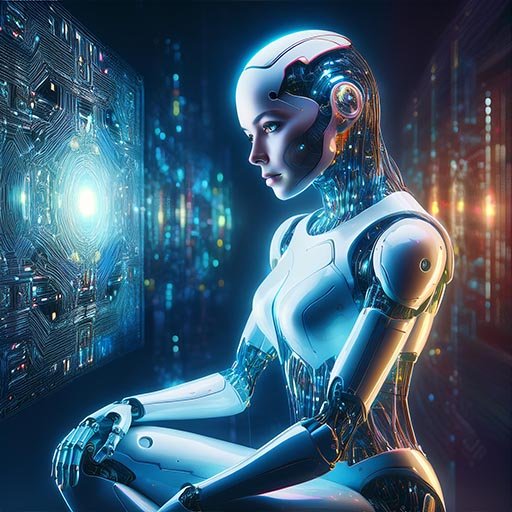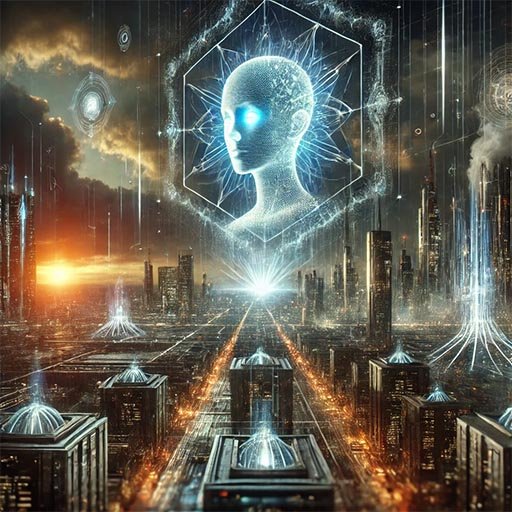
Can Adobe Shift Creators AI Skepticism to Embrace?
Adobe is making it clear: AI won’t replace human creativity. That was the message it stressed at its annual Adobe Max conference, where over 10,000 professional creators gathered to discuss a rapidly changing creative landscape. Throughout the event, in keynotes and demos, Adobe’s leadership reiterated its commitment to using AI as a supportive tool, not a replacement for artists.

The creative industry remains cautious about AI, with many professionals perceiving it as a potential threat to their work and the integrity of the field. Adobe, however, envisions AI as an asset in creators’ toolkits—a way to enhance productivity and ease tedious tasks so that artists can focus on what truly requires human touch.
A New Generation of AI Tools
Adobe’s journey with generative AI began in 2023, with Firefly, an image generator, and tools like Photoshop’s generative fill. While the launch wasn’t entirely smooth (with confusion over terms of service initially worrying some users), Adobe has since refined its AI approach. The company’s latest AI tools center on generative editing, a feature that promises to help creators tackle common challenges, from improving video transitions to quickly removing unwanted elements from photos.
In its latest updates to Creative Cloud, Adobe introduced over 100 AI-powered features, addressing the everyday struggles that often bog down creators. For instance:
- Premiere Pro’s generative extend helps fill gaps in video footage.
- Photoshop’s enhanced removal tool quickly eliminates distracting elements like wires.
- Illustrator’s objects on path tool simplifies aligning objects along paths.
- Lightroom’s generative remove has improved detection to get rid of unwanted photo elements like photobombers.
These tools are designed to save time and minimize tedium, letting professionals spend more time on creative work.
Building Trust with Creators
Adobe aims to differentiate its approach by focusing on professional-grade AI tools rather than creating art or content from scratch. For instance, tools like generative fill in Photoshop let users fill shapes or areas with AI-generated imagery tailored to specific artistic needs. With over 11 billion images generated by Firefly, Adobe’s AI tools have gained widespread popularity among professionals.
To ease creators’ concerns, Adobe built safety protocols into its AI training model: Firefly is trained only on Adobe Stock and licensed content, not on users’ proprietary work. This “commercially safe” model ensures that creators retain ownership of their AI-generated assets. Adobe has also introduced content credentials, a digital signature that artists can attach to their work, which lets them mark whether AI tools were used and restrict their work from being included in AI training datasets.
Read Also : Google Pixel November 2024 Update: What’s New and Fixed for All Eligible Devices
For some artists, these safeguards provide a much-needed layer of protection. “It’s important for AI-generated images to be clearly labeled as such,” says Erin Fong, a fine artist who relies on Adobe’s products for marketing. By providing transparency, Adobe aims to support creators in protecting their unique styles and intellectual property.
Creators’ Concerns and the Future of the Industry
Despite Adobe’s efforts, some creators are skeptical of AI’s long-term effects on the industry. Illustrator Natalie Andrewson worries that as more AI-generated content enters the public domain, the risk of homogenized, repetitive imagery increases. Over time, the overreliance on AI-generated work might lead to an “AI slop”—substandard and uninspired results due to recycled AI training data.
Job security is another pressing concern. As AI tools advance, creatives face the possibility of job displacement, especially for entry-level roles and freelance projects. Young artists who might otherwise pursue art professionally may be discouraged by the limited opportunities AI-driven automation creates.
Adobe is aware of these concerns and continues to address them. Adobe’s senior director of product management, Stephen Nielson, noted, “Generative AI is here, whether you like it or not. And it’s only going to grow.” Adobe’s focus, he explained, is to give creators control over how AI can help them—without making them feel like they’re being replaced.
A Delicate Balance: Embracing AI While Honoring Creativity
Adobe’s strategy reflects a belief that generative AI can support artists without diminishing their role. By designing AI tools specifically for professional workflows, Adobe aims to ease creators’ skepticism and encourage adoption through practical applications. And as the company’s vice president of generative AI, Alexandru Costin, points out, “When we infuse existing workflows with gen AI, [creators] don’t even care or know; they just love it.”
With its recent wave of innovations, Adobe is setting the tone for AI in the creative industry, shaping how the technology will coexist with human creativity. In the years to come, creators will be expected to develop digital literacy in AI—but Adobe hopes that, with its carefully crafted tools, AI will ultimately become a seamless ally in the creative process.
Whether AI will ultimately redefine the creative industry or merely complement it remains to be seen. But Adobe’s approach marks an effort to bring AI into the creative world responsibly and thoughtfully, giving creators new ways to work without taking away their voice. As Erin Fong reminds us, “All of this AI relies on the ideas and work of real people. It’s essential we don’t lose sight of that.”




